Explore the sights, sounds, smells, tastes and textures of Chinese New Year with this fully resourced, step-by-step multisensory story.
This teaching pack includes themed, sensory extension activities that link to the EYFS Framework and areas of the KS1 National Curriculum making them the perfect resource for Special Education (aged 3-19) EYFS, Mainstream Primary, Speech and Language and EAL students.
Table of Contents
Prepare to Celebrate (Gathering Story Props)
How to Tell a Multisensory Story
Chinese New Year – A Multisensory Exploration
Developing Comprehension & Understanding
Chinese New Year Themed Listening Game
Chinese New Year Themed Sensory Bin
Chinese New Year Themed Sensory Bag
The Great Wall of China
Terracotta Warriors
‘Five Oxen’ Sensory Art
Chinese Art
Chinese Music
The Great Race
The Great Race PMLD Multisensory Version
Chinese New Year Guided Relaxation Adventure
Chinese New Year Lucky/Unlucky Gifts
Chinese Music
Dragon Dance
Spring Clean Your Classroom
Chinese New Year Sensory Ideas & Inspiration
What are the Benefits of Multisensory Storytelling?
1. Storytelling creates a bond between the storyteller and the story explorer enhancing and enriching experiences.
2. Rhyming Multisensory Stories connect the individual to literature, culture, and topic in a fun and engaging way.
3. The stories form a base on which to scaffold learning enabling the student to work on personal goals and individual targets.
4. The activities in the stories are designed to promote communication skills: (eye contact, listening, shared attention and language development), self-confidence and well-being (trying out new ideas and skills, practicing self-care, independence and enjoying achievement), self-awareness: (asking for ‘help’, ‘again’ and ‘more’), present opportunities to explore cause and effect and build anticipation skills, promote physical development: (fine and gross motor skills), build knowledge about the environment and the world around us, to engage in scientific experimentation and mathematical concepts and to develop social and emotional skills: (turn-taking, sharing and teamwork).
5. The sensory stimuli (story props) are a tool for the story explorer to explore and express their likes, dislikes, and sensory preferences and to have the opportunity to make choices.
This information can be used to identify motivators or items to calm and individual when anxious, tired, or stressed, identify triggers, (some you may wish to avoid, others to work on building tolerance through desensitisation in a safe and therapeutic environment) and used in the writing of care plans to enhance areas daily life.
Your questions, queries, comments and feedback are always welcome!
Thanks for looking:)
| Category | Other |
| Tag | 1st Grade, Homeschool, Informal Education, Kindergarten, Other, Pre-K |
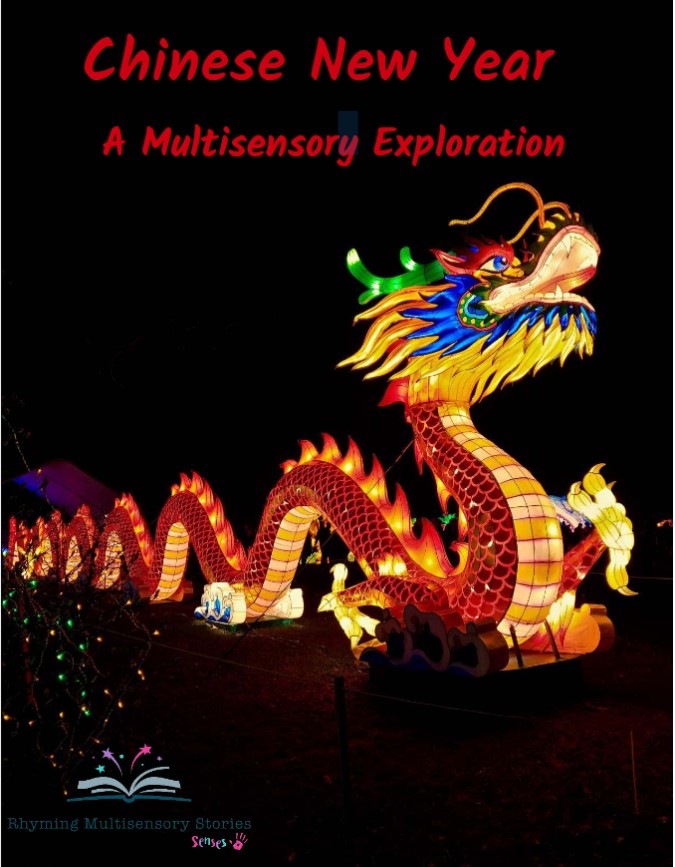
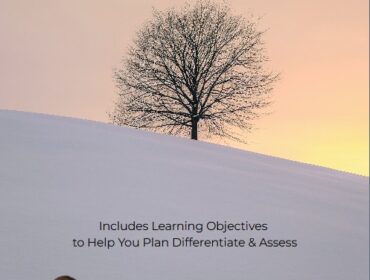
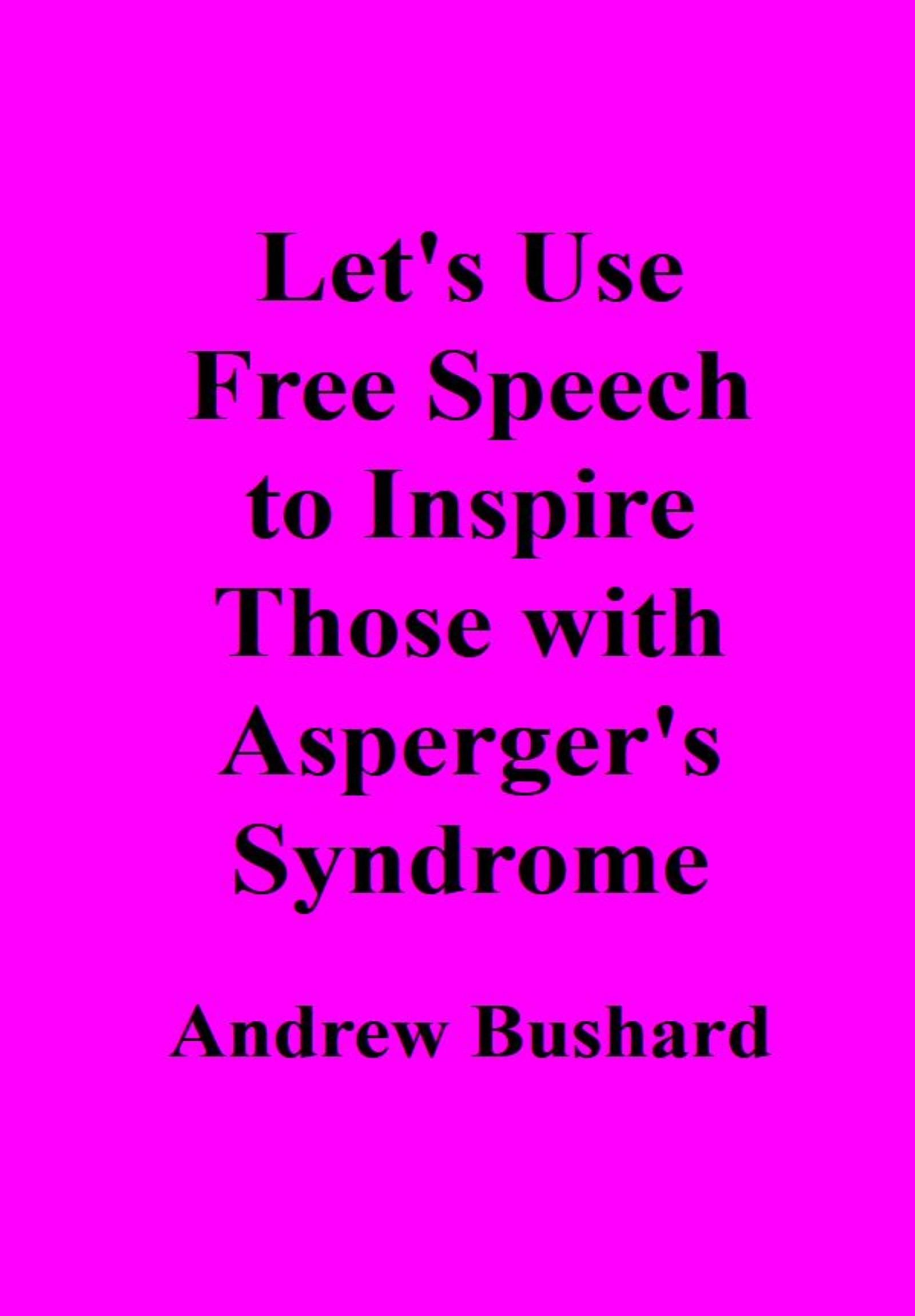
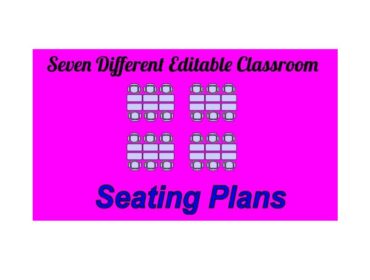
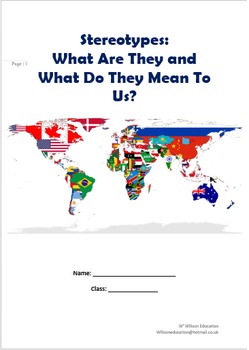
Write a Review
Leave a reply Cancel reply